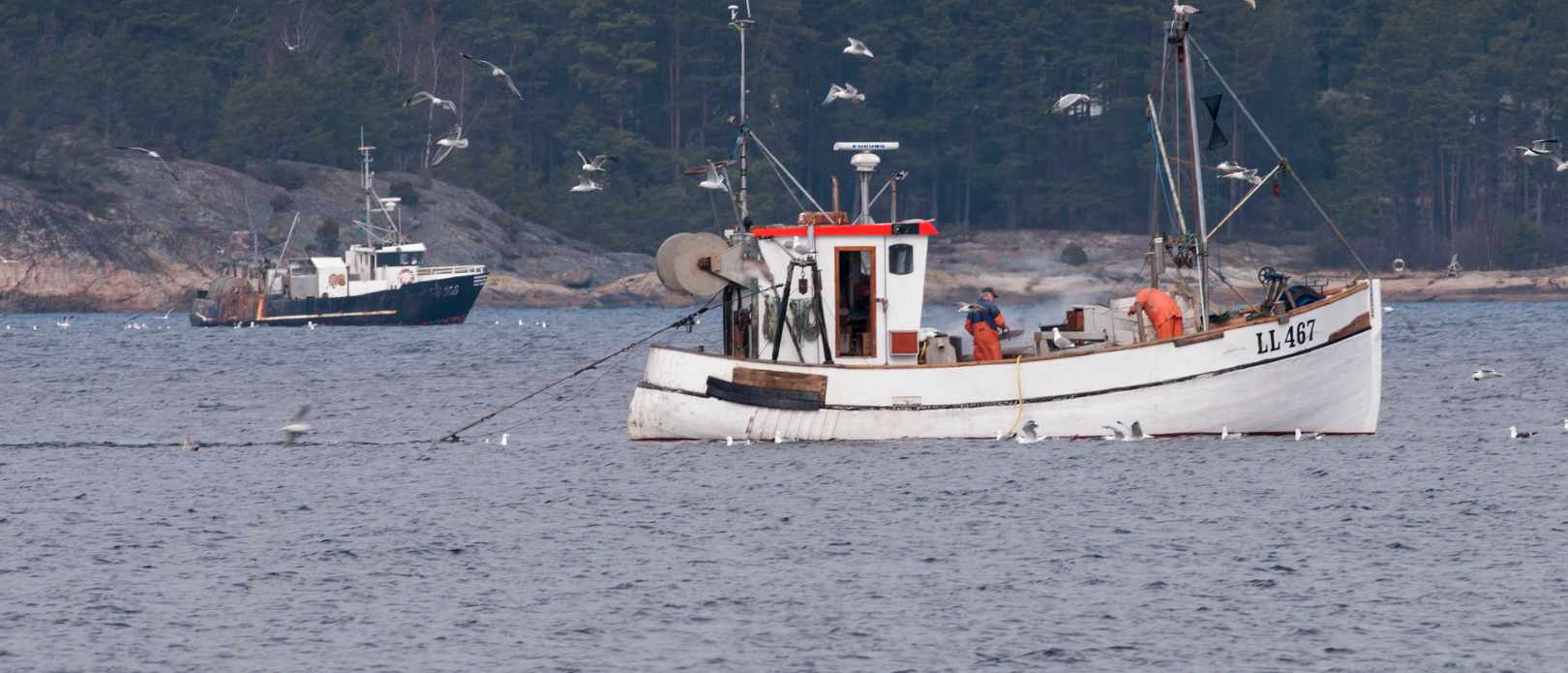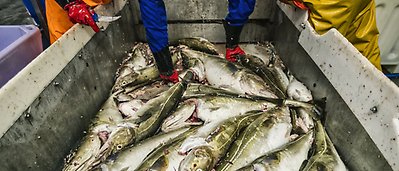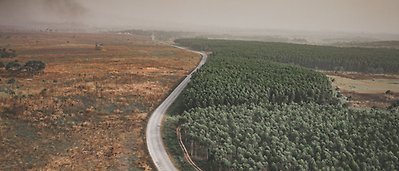Quantifying socio-economic novelty in fisheries social-ecological systems
Summary
Socio-economic development has shaped fisheries social-ecological systems (SES) worldwide across different scales. No work has yet undertaken how this development led to novel, not experienced before, systems structure in marine SES. Here, we quantify socio-economic novelty as the degree of dissimilarity relative to a specific spatiotemporal baseline in the Baltic Sea fisheries SES between 1975 and 2015. We used catch by "gears," catch by "commercial groups" and trade ("import" and "export") as respective indicators of novelty at national, regional and international governance levels.
We found that socio-economic novelty increased over time nonlinearly in relation to the 1975–1979 baseline. The contribution to total novelty shifted from the dominance of “gears” and “commercial groups” in the late 1990s and early 2000s to “import” and “export” after the mid-2000s, i.e. from national and regional levels to the international level. The fastest increase in novelty occurred with the trade dominance shift, primarily related to monetary value rather than quantity. Spatially, novelty emerged with a large difference across countries, and a major contribution by Sweden, Denmark and Poland.
We identified the influence of different management interventions and governance actions on the emergence of novelty in the Baltic SES. The decreasing socio-economic novelty at national and regional levels could indicate reduced variability due to management intervention in recent years which might decrease SES resilience to shocks. Calculating socio-economic novelty and studying its drivers at different scales could provide a better understanding of SES complexity and inform urgently needed adaptation and transformation towards sustainable future pathways.







